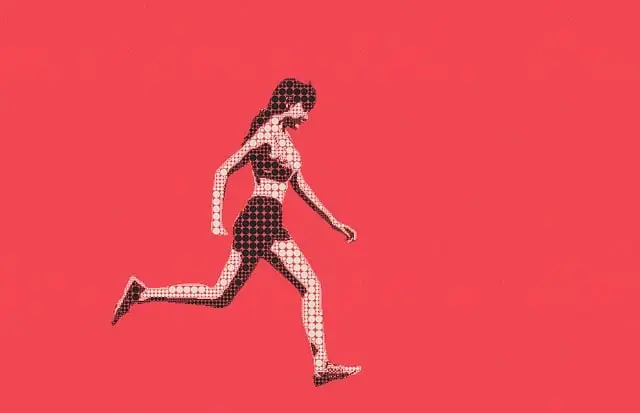Depression recovery often requires a multi-faceted approach, with alternative solutions like Kratom gaining attention as a potential aid due to its mood-regulating properties. Derived from Mitragyna speciosa, certain kratom strains (best kratom for depression) interact with brain opioid receptors and boost serotonin/dopamine levels, leading to improved mood and mental clarity when combined with therapeutic practices. Professional guidance is essential for safe integration and appropriate dosage; a holistic recovery plan should include other evidence-based practices like CBT, regular exercise, sleep hygiene, and mindfulness.
Depression is a complex condition, and recovery often involves a multifaceted approach. In this article, we explore an innovative strategy—using kratom as a potential aid in depression management. We delve into the science behind this ancient herb’s therapeutic properties and its role in improving mood and well-being. Additionally, we provide guidance on crafting a holistic recovery plan by integrating kratom with other effective strategies to discover the best kratom for depression relief.
- Understanding Depression and Recovery: Unveiling the Role of Kratom
- The Science Behind Kratom: Exploring Its Therapeutic Properties for Depression
- Crafting a Comprehensive Recovery Plan: Integrating Kratom with Other Strategies
Understanding Depression and Recovery: Unveiling the Role of Kratom
Depression is a complex mental health disorder that significantly impacts an individual’s daily life and overall well-being. It’s more than just feeling sad; it’s a persistent state of low mood, loss of interest in activities once enjoyed, and a range of physical and cognitive symptoms. Recovery from depression involves a multi-faceted approach, and many individuals are seeking alternative solutions to complement traditional treatments. Here’s where kratom comes into focus as a potential aid in the journey towards mental health restoration.
Kratom, derived from the plant Mitragyna speciosa, has gained attention for its various medicinal properties, including its effect on mood regulation. The active compounds in kratom interact with opioid receptors in the brain, offering a unique way to alleviate symptoms of depression and anxiety. Research suggests that certain strains of kratom, often referred to as the best kratom for depression, can boost serotonin and dopamine levels, leading to improved mood and overall mental clarity. By providing a gentle yet effective lift in mood, kratom may support individuals in their recovery process, especially when combined with other therapeutic practices.
The Science Behind Kratom: Exploring Its Therapeutic Properties for Depression
Kratom, a natural herb derived from the Mitragyna speciosa plant, has gained significant attention in recent years as an alternative therapy for various conditions, including depression. The science behind its effectiveness lies in its unique chemical composition, particularly the presence of alkaloids such as mitragynine and 7-hydroxymitragynine. These compounds interact with the body’s opioid receptors, offering potential relief from symptoms associated with depression. Research suggests that kratom’s ability to modulate mood, reduce anxiety, and alleviate pain makes it a promising candidate for natural depression treatment.
Among the various strains of kratom, certain ones are renowned for their uplifting and energizing effects, making them potentially beneficial for managing depressive disorders. The ‘best kratom for depression’ is often considered to be those with higher concentrations of mitragynine, as this alkaloid is known to have a more profound impact on mood regulation. However, it’s crucial to approach kratom therapy with caution and under professional guidance, as individual responses may vary.
Crafting a Comprehensive Recovery Plan: Integrating Kratom with Other Strategies
Crafting a comprehensive recovery plan involves integrating various strategies tailored to individual needs. While kratom has gained recognition for its potential therapeutic effects, including its use as a natural antidepressant, it’s just one piece of the puzzle. Combining kratom with other evidence-based practices can enhance overall well-being and facilitate a more robust recovery. For instance, pairing kratom supplements with cognitive-behavioral therapy (CBT), regular exercise, adequate sleep hygiene, and mindfulness practices has shown promise in managing symptoms of depression and anxiety.
When crafting your recovery plan, consider leveraging the best kratom for depression, which often includes strains known for their calming and mood-elevating properties, such as Red Bali or Maeng Da. It’s crucial to consult with healthcare professionals who can guide you on appropriate dosage and ensure safe integration of kratom into your routine. Additionally, supporting yourself with a strong support system and engaging in activities that promote relaxation and stress reduction will complement the positive effects of kratom.
In conclusion, integrating kratom as part of a holistic recovery strategy shows promise in managing depression. By understanding its therapeutic properties and combining it with effective mental health practices, individuals can discover new paths to well-being. The best kratom for depression is not a one-size-fits-all solution but rather a tool that, when used judiciously alongside therapy, mindfulness, and lifestyle changes, may offer relief and hope for those navigating this complex condition.






